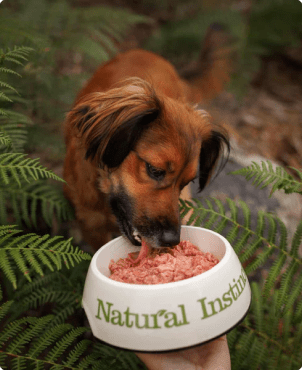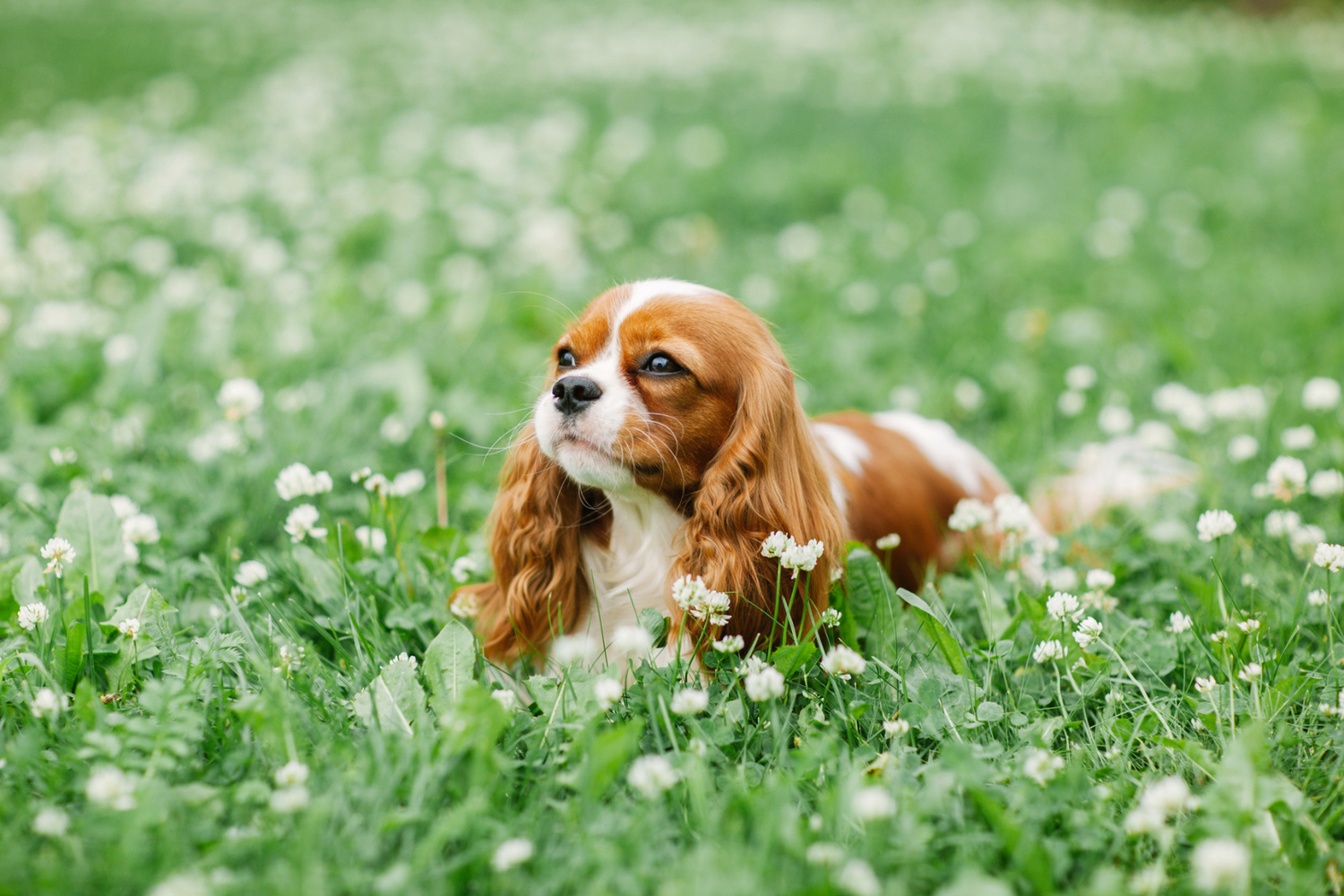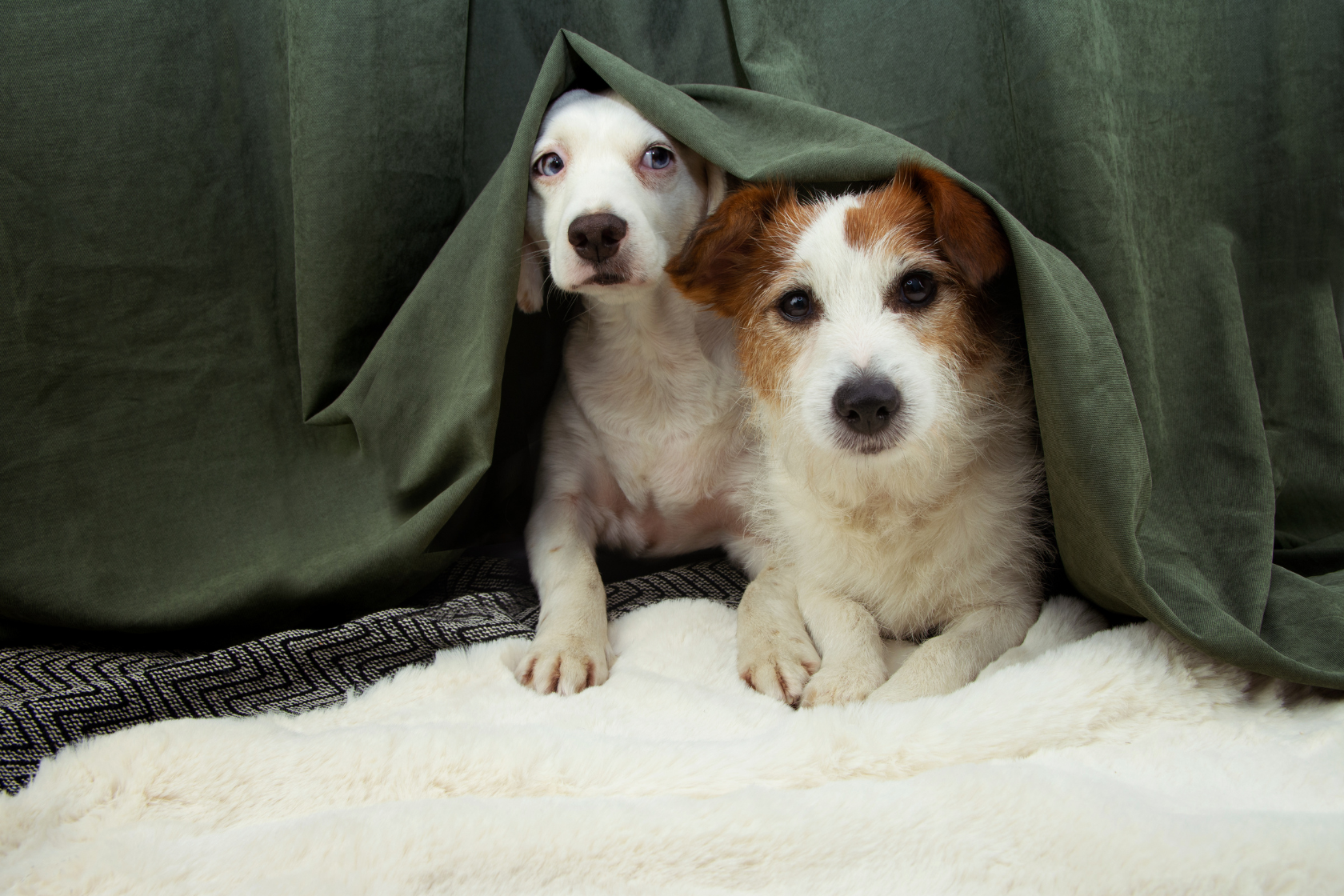It's Springtime, meaning all the beautiful plants and flowers are blooming. As pretty as they are, not all plants are harmless, especially to our curious furry friends, who may be tempted to lick or chew plants while exploring. Therefore, it's important to know which plants are safe and which plants can potentially cause serious harm to your pets.
While many plants are safe for our pets and may only result in an upset stomach, many pose a threat due to their toxicity levels, and these can be found in our gardens, forests and on your everyday walking routes. Not all poisonous plants will affect your pets the same way; however, to ensure your pet's safety, it's best to know what symptoms to look out for and which plants to avoid.
If you suspect your pet has eaten something they shouldn't, it's best to contact your vet and get their advice on the best course of treatment for your pet.
Spring Bulbs
Spring Bulbs can affect dogs in Autumn when planted and underground and in Springtime when they have flowered. We've listed the most common spring bulbs, their toxicity, and symptoms your pet may exhibit:
- Tulips: These vibrant flowers are common in many homes and gardens but are highly toxic to pets. The bulb is the most poisonous part, and symptoms of ingestion can include vomiting, drooling, and diarrhoea.
- Daffodils: Similar to tulips, daffodils can also harm dogs. Ingestion can lead to symptoms like collapsing, vomiting, excessive salivation, and cardiac arrhythmia. Dogs can also become unwell by drinking the water from a daffodil vase.
- Snowdrops: While small, snowdrops can be quite harmful if consumed by dogs. The bulb is particularly dangerous, but the rest of the plant can also make pets ill, causing symptoms such as vomiting and diarrhoea.
- Bluebells: Common across Britain's woodlands, bluebells are toxic to dogs. All parts of this plant contain a toxin which can affect your pet's heart. A few hours after ingestion, it can lead to vomiting, diarrhoea, lethargy, and disorientation due to the presence of glycosides.
- Spring Crocus: A symbol of the beginning of spring, crocuses are also poisonous to dogs; however, they have a lower toxicity than other spring bulbs and are not to be confused with autumn crocus. These may only cause a mild stomach upset if eaten.
List of other common poisonous plants:
- Aconitum
- Amaryllis bulbs
- Asparagus fern
- Azalea
- Bluebells
- Cyclamen
- Daffodil bulbs
- Daylilies
- Delphiniums
- Dog's Mercury (Mercurialis perennis)
- Foxgloves
- Hemlock
- Hyacinth
- Hydrangea
- Ivy
- Laburnum
- Lily of the Valley
- Lupins
- Morning glory
- Nightshade
- Oleander
- Rhododendron
- Rhubarb leaves
- Sweet pea
- Tulip bulbs
- Umbrella plant
- Wisteria
- Yew
Signs your pet may have ingested a dangerous plant:
If you don't manage to catch your dog eating the dangerous plant, here are some symptoms that could indicate plant poisoning:
- Vomiting
- Low energy
- Drooling
- Loss of appetite/eating less
- Twitching
- Tremors/seizures
- Collapsing
- Diarrhoea
- Blood in the poo
- Drinking/urinating more
- Pale gums
- Struggling to breathe
These toxic plants can also irritate your pet's mouth and skin, leading to rashes/red skin, ulcers and swelling.
If your pet displays any of the symptoms listed above or you believe your pet has ingested a poisonous plant, please seek medical help immediately.
Remember to stay safe this spring, and keep an eye out on your walks.


References:
- The Kennel Club, https://www.thekennelclub.org.uk/health-and-dog-care/health/health-and-care/a-z-of-health-and-care-issues/poisons-in-your-garden/
- PDSA, the vet charity for pets in need, https://www.pdsa.org.uk/pet-help-and-advice/looking-after-your-pet/all-pets/poisonous-plants.



